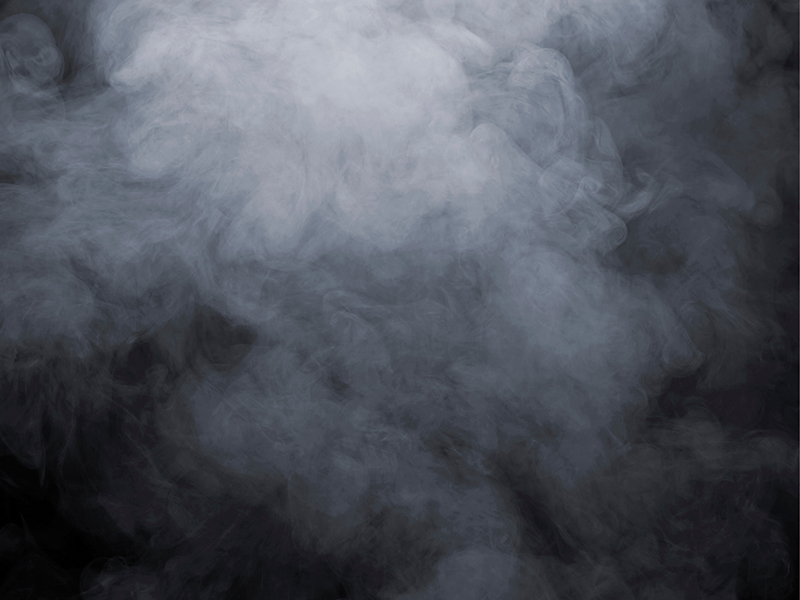Zoe Kirk’s father died of lung cancer, so the 62-year-old Eastern Shore resident knew how much of a risk there was.
Plus, she was a heavy smoker, and had a nagging cough for a while. So when she saw a pamphlet offering lung cancer screening in a doctor’s office, she picked it up and made an appointment.
It wasn’t a big surprise when it came back positive. But fortunately, the screening caught Kirk’s cancer early. She had part of her lung removed in December 2014 and has been cancer-free ever since.
The type of screening that Kirk had involved a simple CT, or low-dose computed tomography scan. Until recently, the screening test—while available—wasn’t widely done, but in 2015, Medicare agreed to start covering the cost for those at high-risk. That paved the way for private insurance companies to follow suit, making the screening more affordable.
Medical professionals see the screening as an important step to tackling what’s usually the most deadly of cancers. Historically, chest X-rays have been used to diagnose patients who are already exhibiting signs of cancer, but often the disease is at an advanced stage when detected.
You can’t see or feel your lungs, so tumors can grow undetected for a long time before they cause problems a patient would notice. In 2013, 60 percent of lung cancers were caught at a stage 3 or 4, according to the National Cancer Data Base. At that late stage, the prognosis is usually not very good.
“For years, we’ve been doing screenings with mammograms and made great strides in detecting breast cancer,” says Vicky West, a nurse navigator in Chesapeake Regional Healthcare’s Thoracic and Lung Health Program. “Now it’s lung cancer’s turn.”
Lung cancer is by far the leading cause of cancer death among both men and women, accounting for about 27 percent of all cancer deaths each year in the United States, according to the National Cancer Society. That’s more than the number of people who die from colon, breast and prostate cancers combined. About 220,000 new cases are diagnosed each year. Worldwide, lung cancer kills about 1 million people a year.
While both smokers and non-smokers can get lung cancer, smoking is one of the leading risk factors. The cancer society believes that at least 80 percent of deaths can be attributed to smoking.That’s why anyone between the ages of 55 and 77 who is a current smoker, or has quit within the last 15 years, is considered a candidate for screening. Smokers who have a history of smoking an average of one pack a day for the past 30 years are highly recommended for screening.
“This approved screening technique can find signs of lung cancer before symptoms occur and is shown to increase survival rates,” says Dr. Lynne Skaryak, a thoracic surgeon and co-medical director of Chesapeake Regional Healthcare’s Thoracic and Lung Health Program in Chesapeake.
With these scans, more than 80 percent of lung cancers have a chance of being cured if detected at an early stage, Skaryak says. That number is tremendous, considering that the five-year survival rate for lung cancer is typically pretty low. The low rate is because most lung cancers are diagnosed when they are either incurable or very unlikely to be cured.
“The quicker we can catch lung cancer, the better we can treat it, and the better chance we have at beating it,” says Dr. Steven Scott of Riverside Thoracic and Cardiovascular Surgery in Newport News. “Lung cancer is a deadly disease, but it doesn’t have to be.”
Lung cancer screening involves little more than what an X-ray would—the patient lies on a table and is asked to hold his or her breath to capture the most accurate images. The CT scan is a low-dose one, and has only about 20 percent as much radiation as a regular CT. If the results are negative, the patient is advised to get screened each year—and to quit smoking.
If a screening is positive, patients are immediately recommended for additional follow-up.
In Hampton Roads, all of the major health systems—Riverside Health System, Bon Secours Health System, Sentara Healthcare and Chesapeake Regional Healthcare—offer lung cancer screenings. This year alone, Sentara has screened about 300 people in Hampton Roads. The number has jumped dramatically since insurance carriers began covering the cost of the screenings, says Robin McClelland, who coordinates the CT Lung Screening Program at Sentara.
Another bonus to the program—besides catching early-stage lung cancers—has been getting people to take their lung health more seriously, McClelland says.
“The patients who have had the screenings are making sure they’re being followed by their physician,” McClelland says. “They’re staying on top of it. ”Kirk’s positive screening at Sentara Virginia Beach General Hospital led to the removal of the upper left lobe of her lung. She now has regular checkups to make sure the cancer doesn’t return.
“That’s not to say I don’t worry,” says Kirk, who lives in the Eastern Shore town of Machipongo. “I think once you’ve been diagnosed with cancer, you’re always a little scared. But they made it pretty crystal clear that it was at an early stage and it was easily removed. As far as I’m concerned, I was incredibly lucky.”
Are you at risk of developing lung cancer? Here are some risk factors:
• History of cancer
• Family history of lung cancer
• Job-related exposure to asbestos
• Radon exposure
• COPD (emphysema)
• Pulmonary fibrosis
• 50 to 55 years old, depending on other risk factors
Are you a candidate for lung cancer screening? You are if you’re:
• 55 to 77 years old
• A current or former smoker (within the last 15 years)
• Have a smoking history of at least 30 “pack-years.” That means 1 pack a day for 30 years, 2 packs a day for 15 years, etc.
• Are asymptomatic



